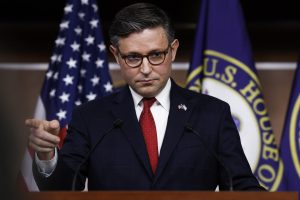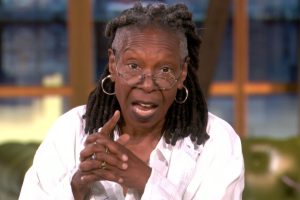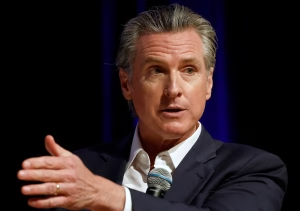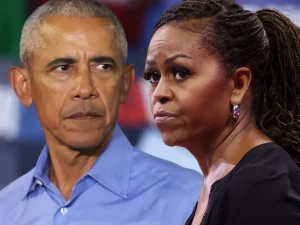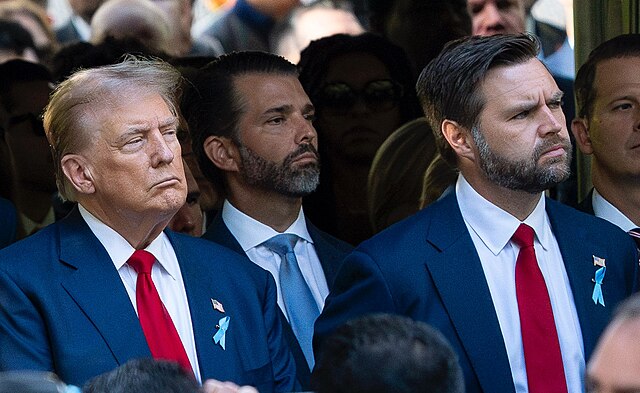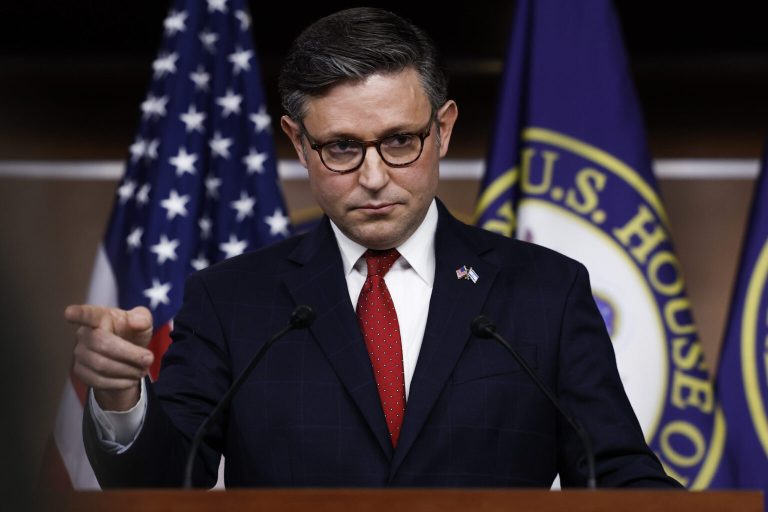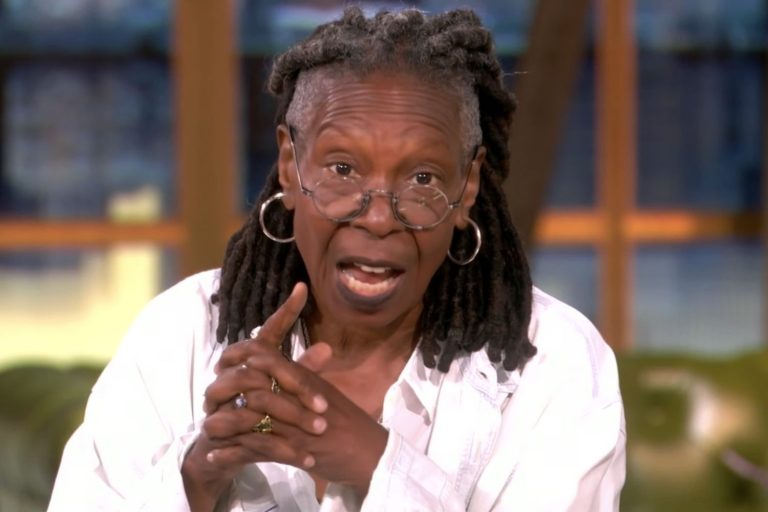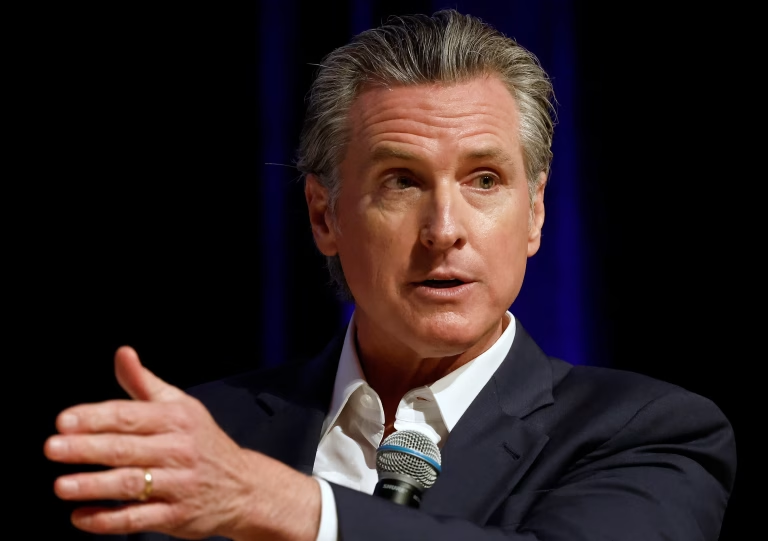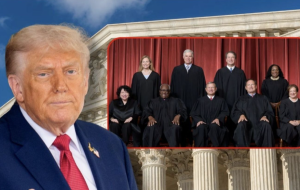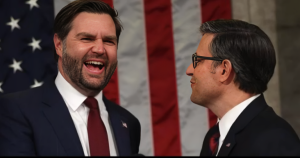Vice President J.D. Vance has moved to quell rising concerns about President Donald Trump’s health, providing the American public with a detailed account of the president’s current condition and expressing confidence in his ability to fulfill the remainder of his term. Vance’s comments come amid a backdrop of intensified scrutiny, following the circulation of social media images showing bruising on Trump’s right hand and ongoing speculation about the physical fitness of the nation’s oldest-ever sitting president.
In an interview with USA Today, Vance painted a picture of Trump as a man of extraordinary energy, resilience, and dedication. “I feel very confident the president of the United States is in good shape, is going to serve out the remainder of his term and do great things for the American people,” Vance said, emphasizing that Trump maintains “incredible energy” despite his age.
Trump, who turned 79 on June 14, 2025, surpassed Joe Biden’s record for oldest president in history — a milestone that has fueled debate over whether he can sustain the demands of the office through the entirety of his term. Vance, however, dismissed such concerns, highlighting Trump’s daily schedule, which he described as “the last person making phone calls at night, and the first person who wakes up and the first person making phone calls in the morning.”
Addressing the Public’s Concerns
The conversation about Trump’s health has been heightened by recent social media posts showing new bruising on the president’s hands. While Trump’s physician, Sean Barbabella, has previously confirmed that the president suffers from chronic venous insufficiency (CVI) — a “benign and common” condition for individuals over 70 — images circulating online have reignited public concern.
“This condition is largely cosmetic and does not affect the president’s ability to perform his duties,” Barbabella wrote in a July memo summarizing the results of a comprehensive vascular examination, including bilateral lower extremity Doppler ultrasounds. Despite these assurances, social media commentary has remained highly polarized.
Fox Sports host Colin Cowherd responded to the discussion on X, writing, “As America’s Honesty Broker, I must say this — Democrats pointing out Trump’s swollen hand as a major health concern is pretty rich. Joe Biden was a walking bowl of oatmeal for three years and the left’s response was ‘nothing to see here.’”
Conversely, political commentator Brian Krassenstein warned on X: “Something appears seriously wrong with Trump’s health. Imagine if Biden had these large contusions on him. It’s time for the man who will be the oldest president in history to be removed from office.”
Vance’s Perspective on Leadership and Succession
Beyond addressing Trump’s health, Vance also discussed his own preparedness for the possibility of assuming the presidency in the event of a “terrible tragedy.” The vice president described his first 200 days on the job as “incredible on-the-job training” and expressed confidence in his ability to step into the role if necessary.
“I can’t think of better on-the-job training than what I’ve gotten over the last 200 days,” Vance said. “But I feel very confident the president of the United States is in good shape, is going to serve out the remainder of his term and do great things for the American people.”
Vance’s comments underscore his dual role: both as a key advisor helping to advance the administration’s policy agenda, and as the constitutionally mandated immediate successor should any contingency arise.
Trump’s Health in Historical Context
Concerns about presidential fitness are not new in U.S. politics. William Henry Harrison, the ninth president, died just one month into his term, largely due to pneumonia. More recently, Ronald Reagan faced questions about his age and health as he entered his second term, while Ronald Reagan’s successor, George H.W. Bush, continued in office until age 68.
Trump’s age and public image — coupled with the physical demands of his office — have made him a focal point of this ongoing debate. Critics argue that advanced age can affect decision-making, stamina, and cognitive function, while supporters point to his rigorous travel schedule, public appearances, and high-profile negotiations as evidence of his vitality.
The current administration has sought to reassure the public, stressing the president’s mental acuity, stamina, and engagement in daily policymaking. Vance emphasized that Trump remains intimately involved in legislative strategy, foreign diplomacy, and routine executive decision-making.
Policy Leadership and Public Scrutiny
The USA Today interview also provided insights into Vance’s role in helping communicate and defend Trump’s policies. As vice president, Vance has been tasked with traveling across the country, engaging with constituents, and explaining the administration’s “One Big Beautiful Bill” — a legislative package designed to overhaul key aspects of federal policy.
Vance described his approach as rooted in his “middle-class bona fides,” a perspective he believes enables him to connect with ordinary Americans and clarify the administration’s intentions. “I make sure that people are aware of what’s actually in this legislation,” he said, noting that public scrutiny is a constant feature of life in the Trump administration.
Vance also referenced moments of high-profile tension, including arguments with foreign leaders such as Ukrainian President Volodymyr Zelensky in the Oval Office. These episodes, he said, highlight both the president’s demanding schedule and the vice president’s role in bridging the gap between policy execution and public perception.
Public Reaction and Media Commentary
The broader public response to Vance’s statements has been mixed, reflecting the polarized political climate. Supporters of the president argue that Trump’s vigor and public appearances demonstrate his fitness, citing his energy at rallies, diplomatic meetings, and official functions.
Critics, however, maintain that visible bruising and advanced age warrant greater transparency and a more detailed accounting of the president’s medical status. Social media debates have intensified, with hashtags related to Trump’s health trending across multiple platforms.
While some commentators, like Cowherd, have framed the concern as partisan hypocrisy, others highlight the unique challenge of assessing the health of a president who is both advanced in years and actively engaged in high-stakes policy matters.
The Significance of Transparency
Medical transparency for presidents is historically important. While previous administrations have released periodic health summaries, the level of detail varies. Vance’s assurances aim to preempt both misinformation and public anxiety. By emphasizing Trump’s “incredible energy” and ability to work long hours, Vance seeks to reassure Americans that the president is fully capable of handling the responsibilities of office.
Yet experts note that while visible signs such as bruising may be benign, consistent monitoring and disclosure remain critical for public trust. Dr. Karen Polin, a physician specializing in geriatric care, told Newsweek: “Advanced age combined with visible physical trauma warrants thorough assessment. Even benign conditions like chronic venous insufficiency can affect circulation and mobility, and in a high-pressure job, small changes can have outsized effects.”
Looking Forward
As the administration continues its work, Vance’s comments are likely to remain under close scrutiny. Questions about presidential health tend to surface frequently, particularly when the president is the oldest in history. Vance’s public statements serve a dual purpose: reassuring supporters and demonstrating that the administration is prepared for any eventuality, including succession planning.
Trump’s ability to maintain stamina, engage in high-stakes negotiations, and oversee domestic and international policy initiatives will continue to be observed closely by both allies and critics. Meanwhile, social media and traditional media outlets will likely continue debating the significance of any visible signs of injury or fatigue.
Conclusion
Vice President JD Vance’s interview with USA Today underscores both the ongoing public fascination with presidential health and the administration’s effort to provide reassurances. While social media images of bruising on President Trump’s hand have sparked concern, Vance insists that the president is in “incredibly good health” and capable of fulfilling his duties.
The vice president’s emphasis on his own preparedness highlights the constitutional mechanisms in place to ensure continuity of government, even as the public debates the limits and responsibilities of age in office.
For the American public, the statements offer a glimpse into the inner workings of a high-profile administration navigating the unique challenges of leading a nation under constant scrutiny — and doing so with a president who, at 79, is defying historical expectations of age and stamina in the Oval Office.

Emily Johnson is a critically acclaimed essayist and novelist known for her thought-provoking works centered on feminism, women’s rights, and modern relationships. Born and raised in Portland, Oregon, Emily grew up with a deep love of books, often spending her afternoons at her local library. She went on to study literature and gender studies at UCLA, where she became deeply involved in activism and began publishing essays in campus journals. Her debut essay collection, Voices Unbound, struck a chord with readers nationwide for its fearless exploration of gender dynamics, identity, and the challenges faced by women in contemporary society. Emily later transitioned into fiction, writing novels that balance compelling storytelling with social commentary. Her protagonists are often strong, multidimensional women navigating love, ambition, and the struggles of everyday life, making her a favorite among readers who crave authentic, relatable narratives. Critics praise her ability to merge personal intimacy with universal themes. Off the page, Emily is an advocate for women in publishing, leading workshops that encourage young female writers to embrace their voices. She lives in Seattle with her partner and two rescue cats, where she continues to write, teach, and inspire a new generation of storytellers.
